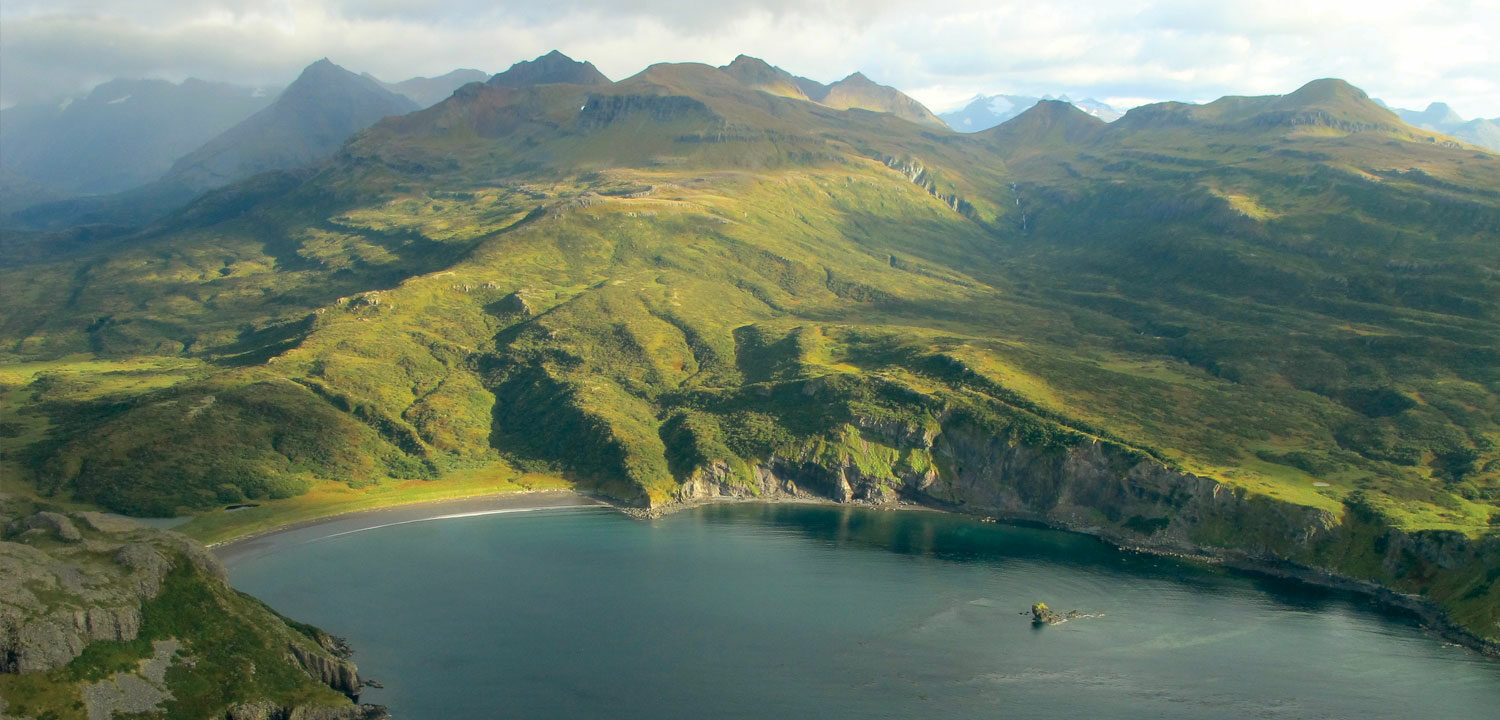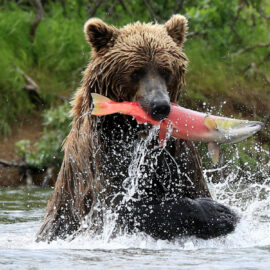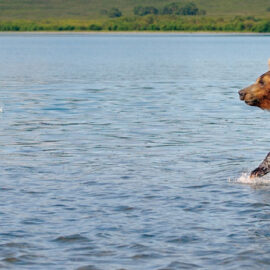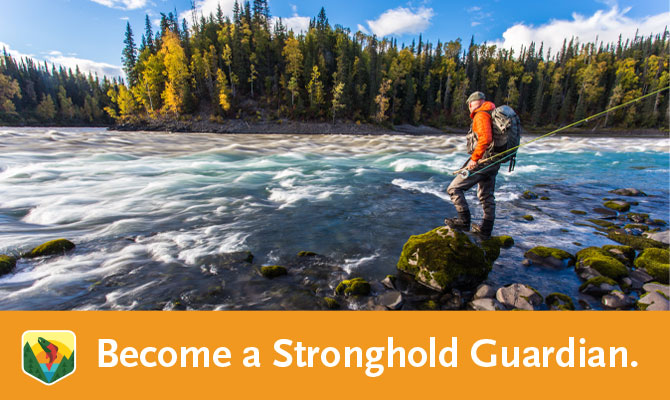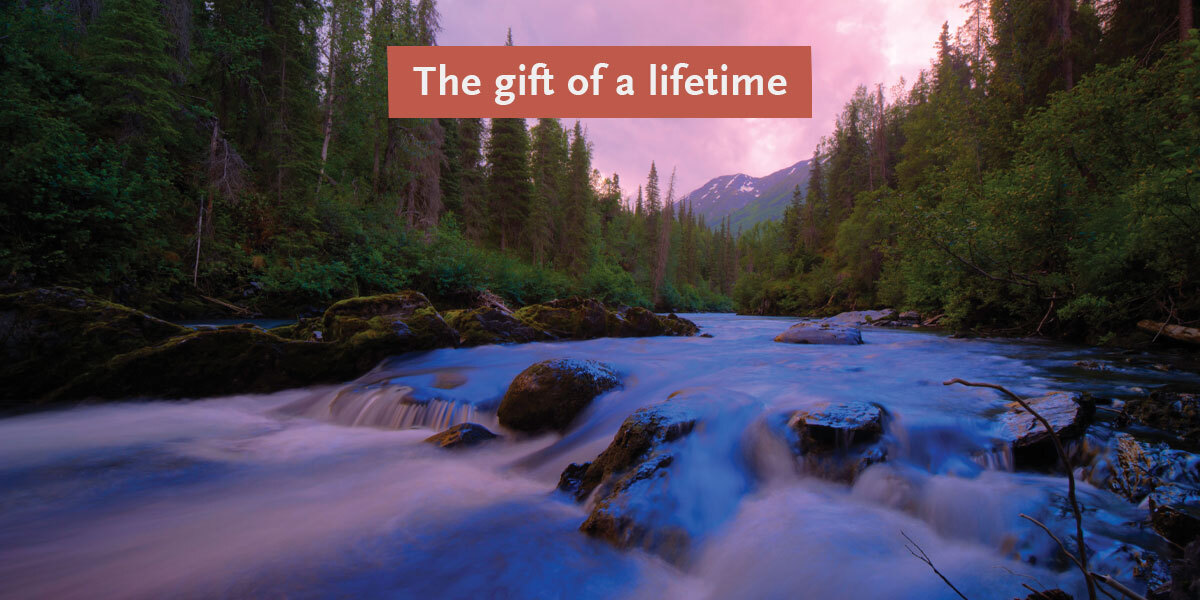The following is an excerpt from our 2017 Annual Report (scroll down for Flipbook version, or download pdf here).
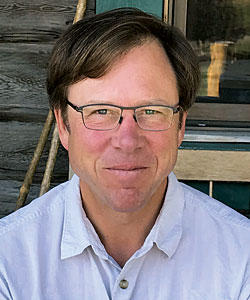
From the President
Free-flowing rivers and their seasonal runs of wild fish are cherished by local people, fishermen, indigenous communities, and anglers, until something bad happens that puts the river ecosystem and its wild fish into long-term decline. It might come in the form of a big development such as a dam, or a large-scale mining project like the Pebble Mine proposed for the headwaters of Bristol Bay, Alaska. Or it can come in the form of “death by a thousand cuts,” including illegal fishing, clear-cut logging, hatchery fish programs, or water withdrawals for agriculture.
We have learned over two decades of work that the most effective protection of a salmon river comes before the damage is done.
This is why the Wild Salmon Center developed the stronghold strategy. It is a simple and straight-forward approach that targets the “last, best” watersheds in each region. We invest in local conservation partners’ financial, scientific, and programmatic strength, and we work together to achieve proactive land and water use protections such as new parks, expanded riparian buffers, and other land use designations—legal armor around stronghold watersheds. At the same time, we work with the fish management agencies, tribes, and the commercial and recreational fishermen to create protections for wild fish—and prevent overharvest and the impacts of fish hatcheries.
This approach is more cost-effective than restoration-based conservation, but requires a multi-decadal strategy to ensure that these systems will survive as salmon ecosystems far into the future.
The Wild Salmon Center and our local partners have now won legal protections for almost 9 million acres of land in strongholds, secured wild fish management agreements and designations in 68 watersheds in the Russian Far East and Pacific Northwest, and have established 13 new conservation groups throughout the Pacific Rim.
This year, we are helping lead a major partner-based campaign in Alaska, have three more large watersheds being added to Russia’s network of regional protected areas, and are helping launch a new initiative in British Columbia.
As climate change warms our rivers, and the demands of the growing economies of the Pacific Rim for food, water, minerals and energy threaten even the most remote river systems, we must secure our great salmon, trout and steelhead ecosystems. We must preserve them as reservoirs of salmon genetic and life history diversity, safeguarded by ancient forests, cold clear flows and local people who are willing and able to fight to protect this miracle of nature and way of life.
We continue to look at new strategies to strengthen the ability of salmon and river-based communities to defend against the threats that will come next.
So, thank you—patient and generous supporter—for being part of our team. We are grateful for your help, and you can count on the Wild Salmon Center and our partners to leave a priceless gift of wild rivers for our children and grandchildren.
Guido Rahr,
President and Chief Executive
Click the expand button to view report in full screen mode ![]() or download pdf here).
or download pdf here).
